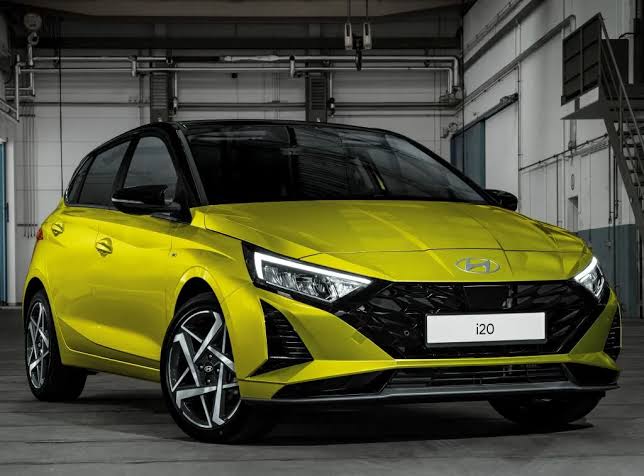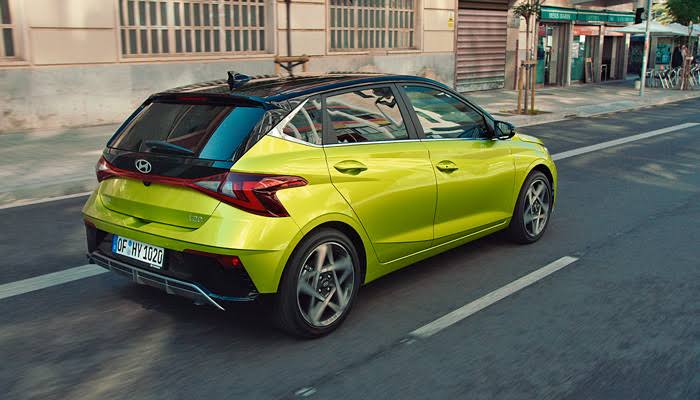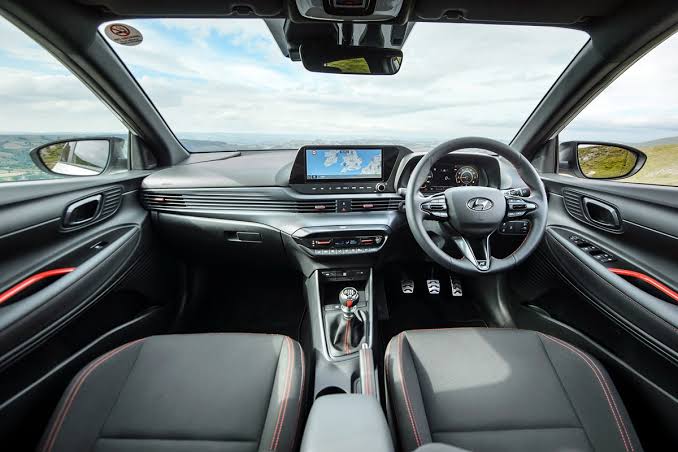
In a market flooded with overpriced superminis like the Volkswagen Polo (R450k+) and Ford Fiesta (discontinued but once priced similarly), the Hyundai i20 1.4 Executive Auto emerges as a rare gem. Priced at R349,900, it undercuts competitors by over R100,000 while delivering premium comfort, safety, and tech. How does Hyundai do it? Let’s dissect why this car is a middle finger to overpriced rivals—and why other brands should be sweating.
The Pricing Paradox: How Hyundai Does More for Less
While rivals like the Polo and Toyota Starlet inflate prices for basic trims, Hyundai packs the i20 1.4 Executive with features that belong in premium segments:
- Premium Comfort: Heated front seats, dual-zone climate control, and a leather-wrapped steering wheel—features absent in base models of competitors.
- Advanced Safety: Six airbags, ABS, electronic stability control, lane-keep assist, and autonomous emergency braking—tech often reserved for pricier trims elsewhere.
- Tech Savvy: A 7-inch touchscreen with Apple CarPlay/Android Auto, wireless charging, and a rearview camera—options that cost extra in rivals like the VW Polo.
The burning question: Why are competitors charging R450k+ for less? Hyundai’s secret lies in streamlined manufacturing and avoiding brand-tax. While European brands prioritize profit margins, Hyundai focuses on value-for-money engineering—a strategy that’s turning heads in SA’s cost-conscious market.

Premium Features That Rivals Can’t Match
1. Cabin Luxury (on a Budget)
The i20 Executive’s interior punches above its price tag:
- Leatherette upholstery with contrast stitching.
- Panoramic sunroof (a rarity in this segment).
- Quiet, refined ride thanks to advanced sound insulation—a trait praised in UK and Australian reviews.
Compare this to the Toyota Starlet’s plasticky cabin or the Polo’s dated design, and the i20 feels like a budget Audi A1.

2. Safety Without the Upsell
Hyundai throws in Euro NCAP 4-star safety as standard, including:
- Autonomous Emergency Braking (AEB).
- Rear cross-traffic alerts.
- ISOFIX child seat mounts.
Meanwhile, rivals charge extra for these features—or omit them entirely.
3. Engine Practicality
The 1.4-litre petrol engine (99bhp) isn’t a firecracker, but it’s frugal (6.2L/100km) and reliable—ideal for urban commutes. Australian reviewers noted its “smooth power delivery” and low maintenance costs, a stark contrast to the Ford Fiesta’s turbocharged headaches.
The Controversy: Why Are Other Brands So Overpriced?
The Hyundai i20 1.4 Executive exposes three harsh truths about SA’s supermini market:
- Brand Tax: European marques like VW and Ford charge premiums for badge prestige, not features.
- Outdated Lineups: The Polo Vivo still uses a decade-old platform, yet costs R450k+.
- Profit Over People: Competitors strip safety and comfort to protect margins, leaving buyers with hollow “premium” claims.
Hyundai, meanwhile, leverages global economies of scale and cuts marketing fluff to deliver real value. As UK’s Auto Express put it: “The i20 redefines what a budget car can be.”
Specs at a Glance: Hyundai i20 1.4 Executive Auto
| Feature | Detail |
|---|---|
| Price | R349,900 |
| Engine | 1.4L petrol, 99bhp |
| Fuel Economy | 6.2L/100km (claimed) |
| Safety | 6 airbags, AEB, lane-keep assist |
| Tech | 7-inch touchscreen, wireless charging |
| Warranty | 5-year/unlimited km |
The Verdict: A Wake-Up Call for the Industry
The Hyundai i20 1.4 Executive isn’t just a car—it’s a statement. It proves that premium features can coexist with affordability, shaming rivals who peddle mediocrity at luxury prices. For South Africans tired of overpaying, this Hyundai is a revelation.


